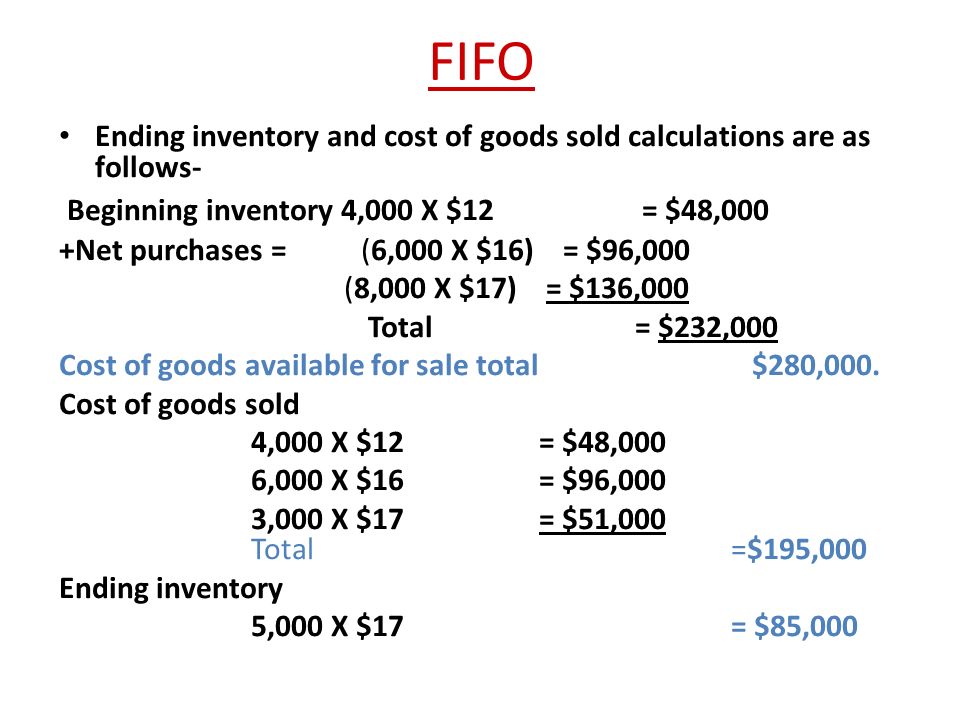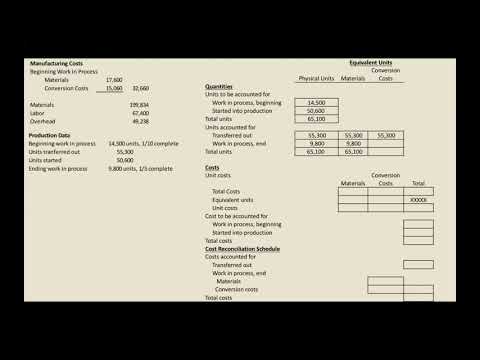
It aims to provide users with an AI-powered FP&A platform that preserves the flexibility and familiarity of Excel spreadsheets while automating data consolidation, reporting, and planning tasks. Finance teams can continue to use their custom Excel models and get insights from their data through Datarails’ integrated dashboard, which presents business-critical KPIs and provides capabilities to drill down into the underlying data in real time. It allows users to directly import from or export to various platforms, ensuring a smooth transition without disrupting existing systems. Nanonets provides solutions for an array of financial tasks, including bill pay, AP automation, invoice processing, expense management, accounting automation, and accounts receivable, among others. Truewind also distinguishes itself through its AI-powered bookkeeping and finance features.

Examples of AI in Finance
The heterogeneous autoregressive (HAR) model yields the best predictive results as opposed to classical neural networks (Fernandes et al. 2014; Vortelinos 2017). Modern neural networks, such as LSTM and NARX (nonlinear autoregressive exogenous network), general ledger accounts also qualify as valid alternatives (Bucci 2020). Another promising class of neural networks is the higher-order neural network (HONN) used to forecast the 21-day-ahead realised volatility of FTSE100 futures. Thanks to its ability to capture higher-order correlations within the dataset, HONN shows remarkable performance in terms of statistical accuracy and trading efficiency over multi-layer perceptron (MLP) and the recurrent neural network (RNN) (Sermpinis et al. 2013). To conduct a sound review of the literature on the selected topic, we resort to two well-known and extensively used approaches, namely bibliometric analysis and content analysis. Bibliometric analysis is a popular and rigorous method for exploring and analysing large volumes of scientific data which allows us to unpack the evolutionary nuances of a specific field whilst shedding light on the emerging areas in that field (Donthu et al. 2021).
By harmonizing AI capabilities with a dedicated concierge team, Truewind delivers monthly bookkeeping with unmatched precision and transparency. Additionally, it promotes efficiency by ensuring a faster monthly close, reducing the book closing process from weeks to just a few days. This expedited processing enables startups to make quicker, data-driven business decisions.
Artificial intelligence
- Similarly, Coats and Fant (1993) build a NN alert model for distressed firms that outperforms linear techniques.
- Table 5 indicates that 30 articles (out of 110) focus on large companies listed on stock exchanges, whilst only 16 studies cover small and medium enterprises.
- Explore what generative artificial intelligence means for the future of AI, finance and accounting (F&A).
- Anaplan offers role-specific solutions for finance, sales & marketing, supply chain, and HR & workforce, and caters to various industries including consumer goods, financial & business services, manufacturing, retail, and technology, media & telecom.
If there’s one technology paying dividends for the financial sector, it’s artificial intelligence. AI has given the world of banking and finance new ways to meet the customer demands of smarter, safer and more convenient ways to access, spend, save and invest money. Bank unlocks and analyzes all relevant data on customers via deep learning to help identify bad actors. It’s been using this technology for anti-money laundering and, according to an Insider Intelligence report, has doubled the output compared with the prior systems’ traditional capabilities.
Affirm offers a variety of fintech solutions that include savings accounts, virtual credit cards, installment loans and interest-free payments. It aims to equip 2021 sales tax rates businesses and consumers with the tools necessary to purchase goods and services. The following companies are just a few examples of how artificial intelligence in finance is helping banking institutions improve predictions and manage risk. Consumers are hungry for financial independence, and providing the ability to manage one’s financial health is the driving force behind adoption of AI in personal finance. Whether offering 24/7 financial guidance via chatbots powered by natural language processing or personalizing insights for wealth management solutions, AI is a necessity for any financial institution looking to be a top player in the industry. Hence, future contributions may advance our understanding of the implications of these latest developments for finance and other important fields, such as education and health.
It has a network of over 600,000 ATMs from which users can withdraw money without fees. The company partners with FairPlay to embed fairness into its algorithmic decisions. is there a difference between ein and tax id number Its offerings include checking and savings accounts, small business loans, student loan refinancing and credit score insights. For example, SoFi members looking for help can take advantage of 24/7 support from the company’s intelligent virtual assistant. Workiva offers a cloud platform designed to simplify workflows for managing and reporting on data across finance, risk and ESG teams. It’s equipped with generative AI to enhance productivity by aiding users in drafting documents, revising content and conducting research.
The Best Accounting Tools That Use AI
This article dives into the specifics of these technologies, highlighting the best AI tools in the financial industry that have proven invaluable in transforming traditional methods into efficient, insightful, and reliable processes. Wealthblock.AI is a SaaS platform that streamlines the process of finding investors. It helps businesses raise capital and handle automated marketing and messaging and uses blockchain to check investor referral and suitability. Additionally, Wealthblock’s AI automates content and keeps investors continuously engaged throughout the process. AI assistants, such as chatbots, use AI to generate personalized financial advice and natural language processing to provide instant, self-help customer service. The following companies are just a few examples of how AI-infused technology is helping financial institutions make better trades.
Key insights
This suggests that global financial crises or unexpected financial turmoil will be likely to be anticipated and prevented. Artificial intelligence in finance refers to the application of a set of technologies, particularly machine learning algorithms, in the finance industry. This fintech enables financial services organizations to improve the efficiency, accuracy and speed of such tasks as data analytics, forecasting, investment management, risk management, fraud detection, customer service and more. AI is modernizing the financial industry by automating traditionally manual banking processes, enabling a better understanding of financial markets and creating ways to engage customers that mimic human intelligence and interaction.
0 Comments